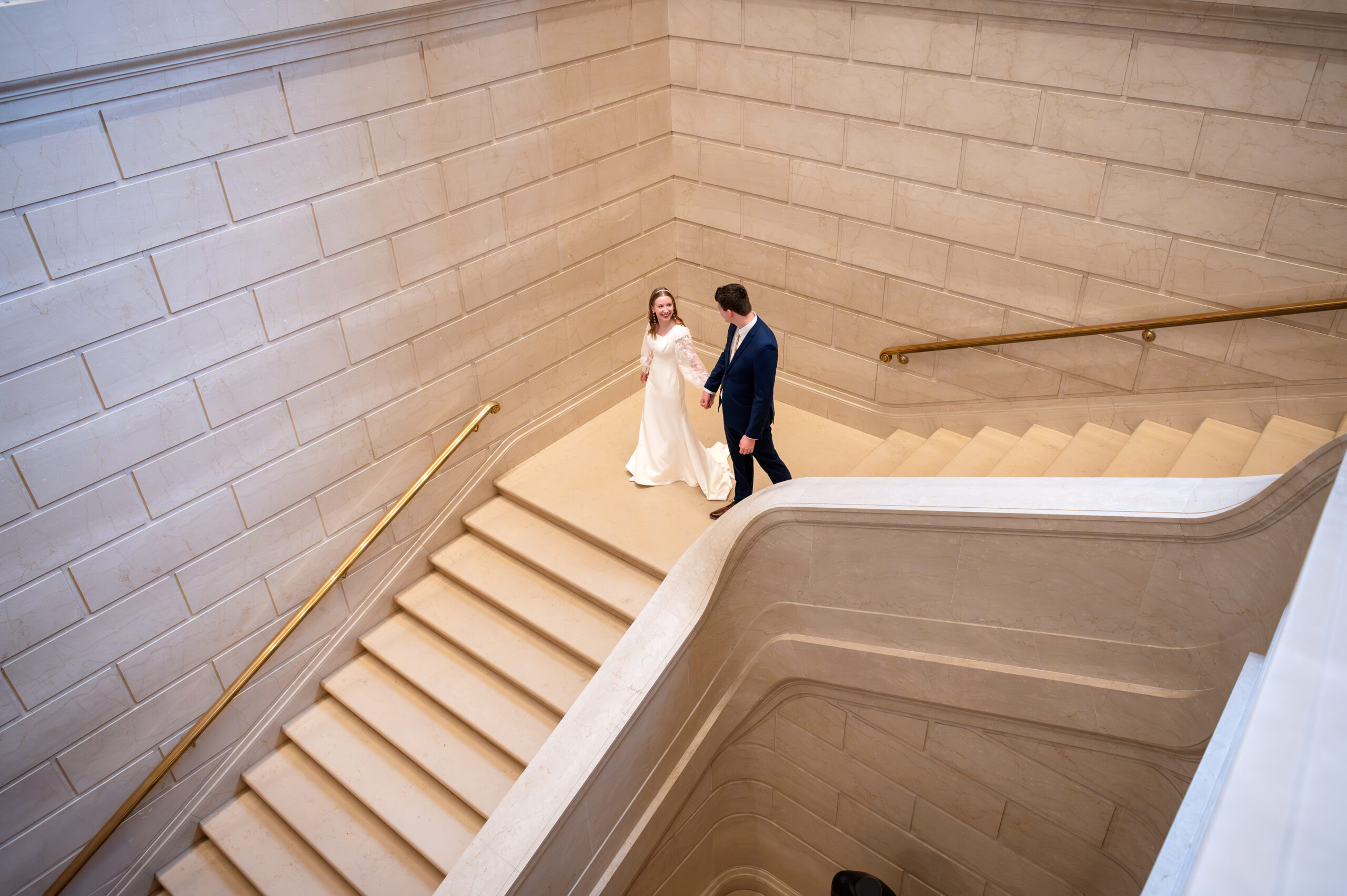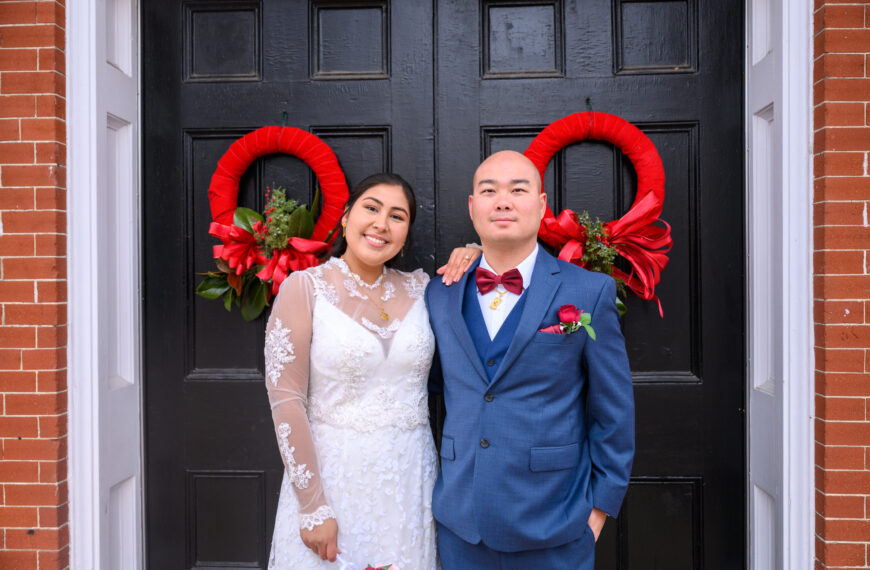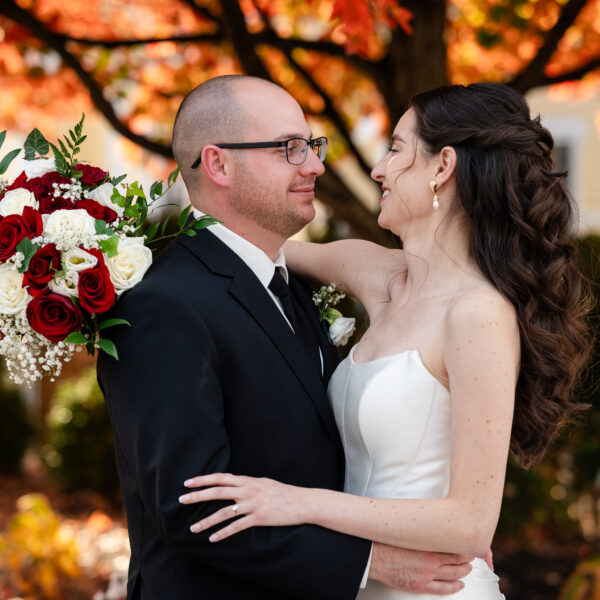When hiring a wedding photographer, signing a contract is a key step in making sure both you and your photographer are aligned on expectations. While contracts can feel overwhelming with legal jargon, they serve to protect both parties and ensure everything runs smoothly.
Let’s break down some of the most common sections in a wedding photography contract, based on real contract terms, and what they mean for you.
1. Booking & Payment Terms
📌 What It Means:
Your contract will outline the total cost of the photography services and the required payment structure. In most cases, photographers require an initial non-refundable payment (also called a retainer) to secure your wedding date. The remainder of the balance is typically due a set time before the wedding (e.g., 30 days prior).
💡 Why It Matters:
This section ensures you understand your financial obligations. Since the retainer is usually non-refundable, be sure of your booking before making the payment. Additionally, some contracts include late payment fees, so keep track of due dates!
2. Cancellation & Rescheduling Policies
📌 What It Means:
If you need to cancel or reschedule your wedding photography, this section outlines the policies for doing so. In many cases, if you cancel within a certain time frame (e.g., within 30 days of the wedding), you may still owe the full balance. Some photographers allow rescheduling under specific conditions, but a new retainer may be required.
💡 Why It Matters:
Life happens! Understanding the cancellation and rescheduling policy helps you prepare for unforeseen circumstances. If you’re considering wedding insurance, check if it covers vendor cancellations.
3. Coverage & Timeline
📌 What It Means:
This part of the contract specifies the number of hours the photographer will be available on your wedding day. It also defines when their coverage starts and ends.
💡 Why It Matters:
Make sure the number of hours aligns with your wedding timeline! If your contract states 8 hours of coverage, but your event runs longer, you may need to pay extra for additional time. Discuss your schedule with your photographer well in advance.
4. Exclusive Photographer Policy
📌 What It Means:
Most contracts include a clause stating that the hired photographer is the only professional photographer at the event. However, this typically does not apply to videographers or photo booth vendors.
💡 Why It Matters:
This ensures that the photographer can work without interference. If multiple professional photographers are present, they may compete for angles, leading to inconsistent coverage.
5. Image Editing & Delivery Timeline
📌 What It Means:
Your contract should specify how long it will take to receive your photos (e.g., 4-12 weeks after the wedding). It will also clarify what type of edits are included—most photographers provide basic color correction and lighting adjustments but not extensive retouching (like body modifications).
💡 Why It Matters:
Knowing the delivery timeline prevents unnecessary stress. If you need sneak peeks for thank-you cards or social media, check if your photographer offers previews!
6. Copyright & Print Release
📌 What It Means:
The photographer retains copyright of the images, meaning they own the photos. However, many contracts include a print release, allowing you to print and share the images for personal use. You typically cannot use them for commercial purposes or alter them significantly.
💡 Why It Matters:
If you want full usage rights, ask about purchasing the copyright—but be aware that this is rare and usually comes at a high cost. For most couples, a print release is sufficient for personal printing and sharing.
7. Model Release (Photo Usage for Marketing)
📌 What It Means:
This section states whether the photographer has permission to use your wedding images for marketing, such as on their website, social media, or advertising materials.
💡 Why It Matters:
If you prefer to keep your wedding photos private, check if you can opt out of this clause. Some photographers offer the option to withhold images from public use upon request.
8. Safe Working Environment
📌 What It Means:
This section ensures that the photographer and their team are treated respectfully by guests and vendors. It may outline specific behaviors that could result in the photographer leaving (e.g., harassment, unsafe conditions).
💡 Why It Matters:
A respectful and safe working environment leads to better photos! If any issues arise, having a designated point of contact (e.g., a wedding planner) to handle them can help prevent disruptions.
9. Meal & Breaks
📌 What It Means:
For weddings with coverage exceeding 5 hours, most contracts require the photographer to be provided with a hot meal. If coverage is over 3 hours, they may also require short breaks.
💡 Why It Matters:
A well-fed and energized photographer = better performance! Be sure to include them in your meal count to avoid delays.
10. Travel Fees & Overage Costs
📌 What It Means:
If your venue is outside of the photographer’s usual service area, the contract will specify any travel fees or hotel accommodations required. Additionally, if coverage runs past the contracted hours, an overtime rate may apply.
💡 Why It Matters:
Make sure you understand all potential additional costs. If your wedding location requires long-distance travel, factor these expenses into your budget.
11. Liability & Backup Plan
📌 What It Means:
This section explains what happens in case of unexpected issues, such as camera malfunctions, lost files, or emergencies preventing the photographer from attending. Some contracts include provisions for a substitute photographer if needed.
💡 Why It Matters:
A professional photographer should always have backup gear and a contingency plan. If this clause is unclear, ask your photographer what steps they take in case of emergencies.
Final Thoughts
Your wedding photography contract isn’t just paperwork—it’s a critical tool to ensure a seamless experience. Taking the time to read it carefully and ask questions can prevent misunderstandings and set clear expectations for both you and your photographer.
If something doesn’t make sense, don’t hesitate to ask for clarification. A good photographer will be happy to walk you through the details!




